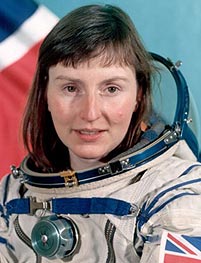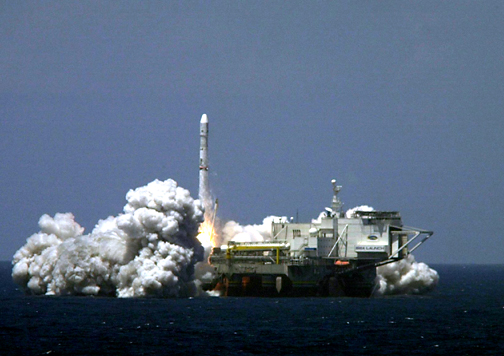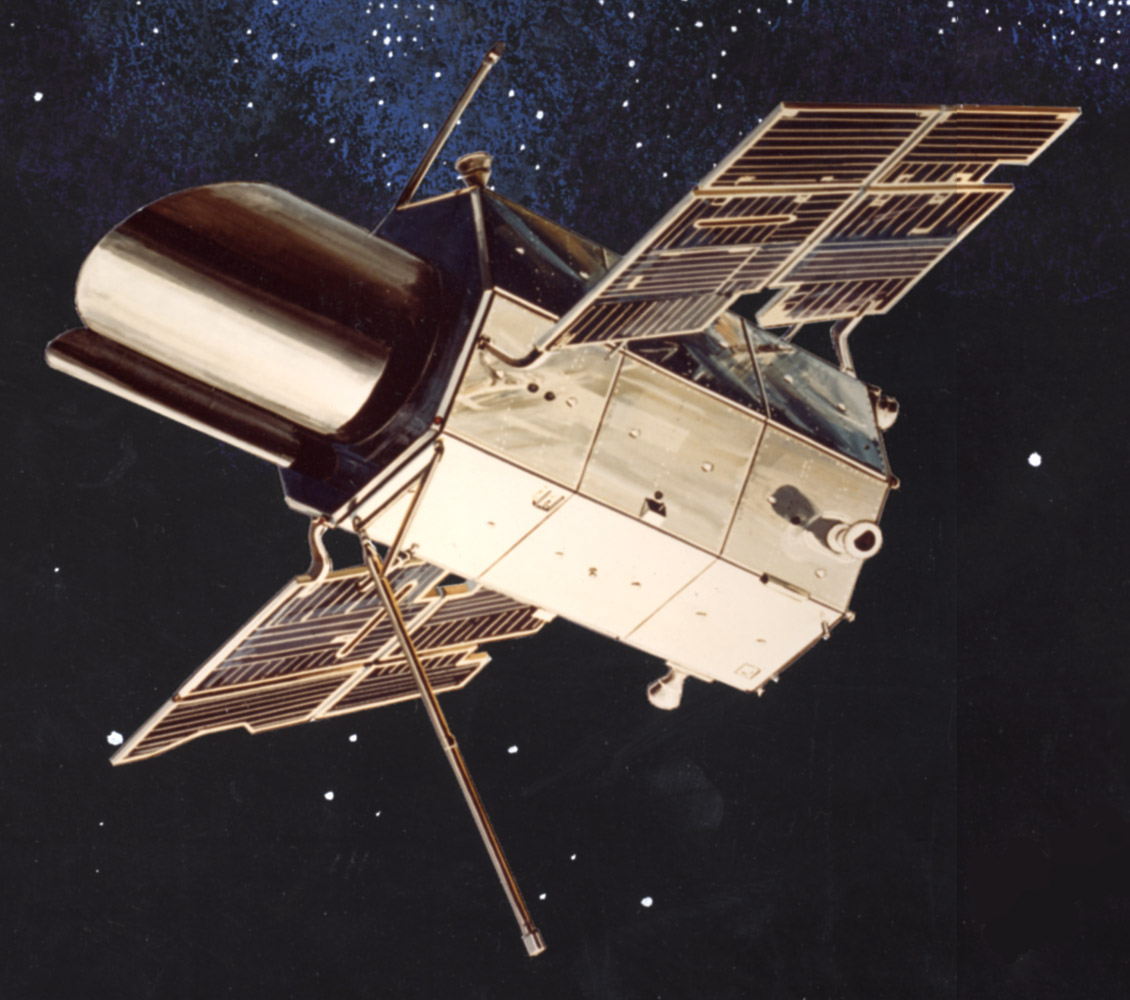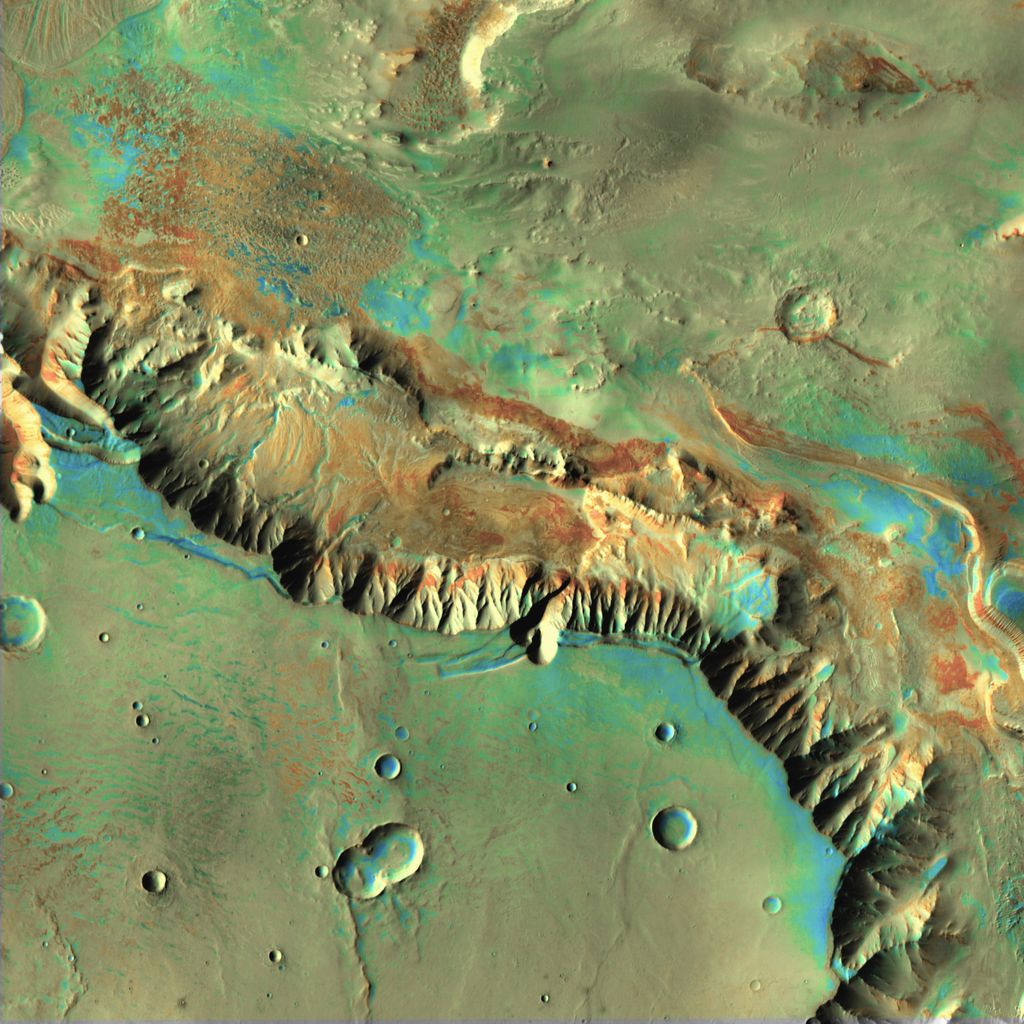A half-century ago today — April 12, 1961 — the era of human spaceflight began.
On that historic date, Vostok-1 launched from the Baikonur Cosmodrome, then known mostly as Tyuratam, carrying Yuri Gagarin to triumph as the first man in space. After one orbit, his spherical capsule returned him to earth, but in a most unusual manner: he ejected from it and rode a parachute back to Earth.
Twenty years later, on this date in 1981, the U.S. scored a space first with STS-1, the first flight of a Space Shuttle.
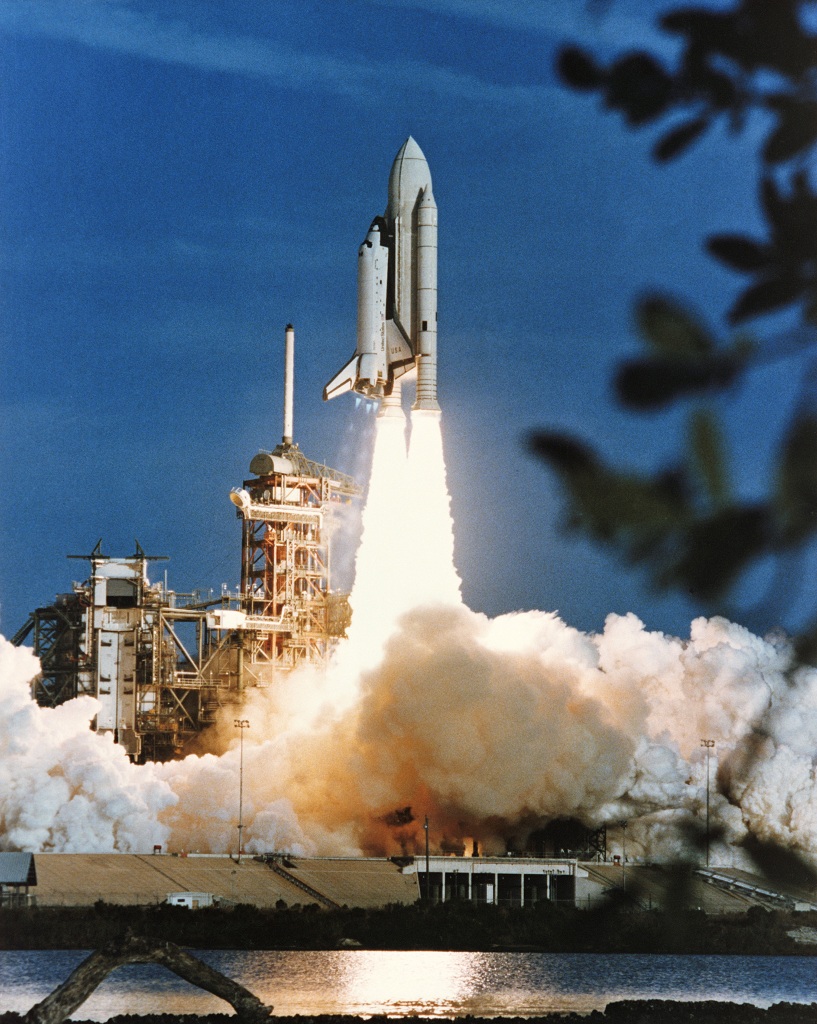
(STS-1 launch. NASA image. Click here for high-resolution image.)
Astronauts John W. Young and Robert L. Crippen rode the shuttle Columbia as it launched from the Kennedy Space Center, and spent two days in space checking out its systems before landing at Edwards AFB.
One of the best commemorations of that first shuttle launch is the song “Countdown” by Rush. The image below calls to mind these lines:*
Floodlit in the hazy distance,
The star of this unearthly show
Venting vapors, like the breath
Of a sleeping white dragon
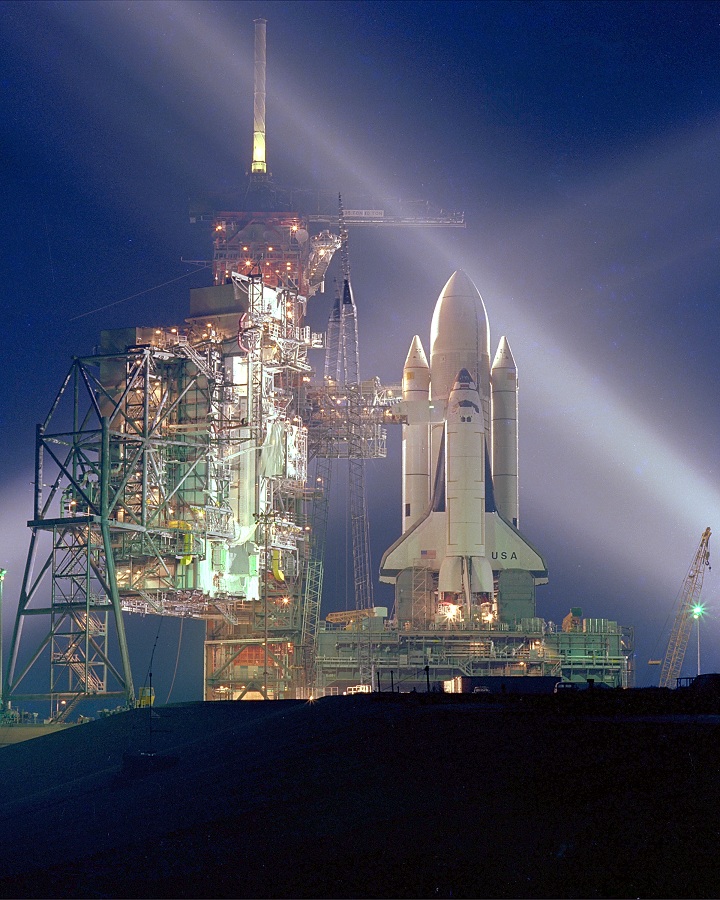
(STS-1 on the pad, prior to launch. NASA image. Click here for high-resolution image.)
It’s sad to see the Space Shuttle era coming to an end, but I hope to see another era of human spaceflight begin.
___
*Copied from the lyric sheet in my head. Used, admittedly, without official permission.



 by
by 
